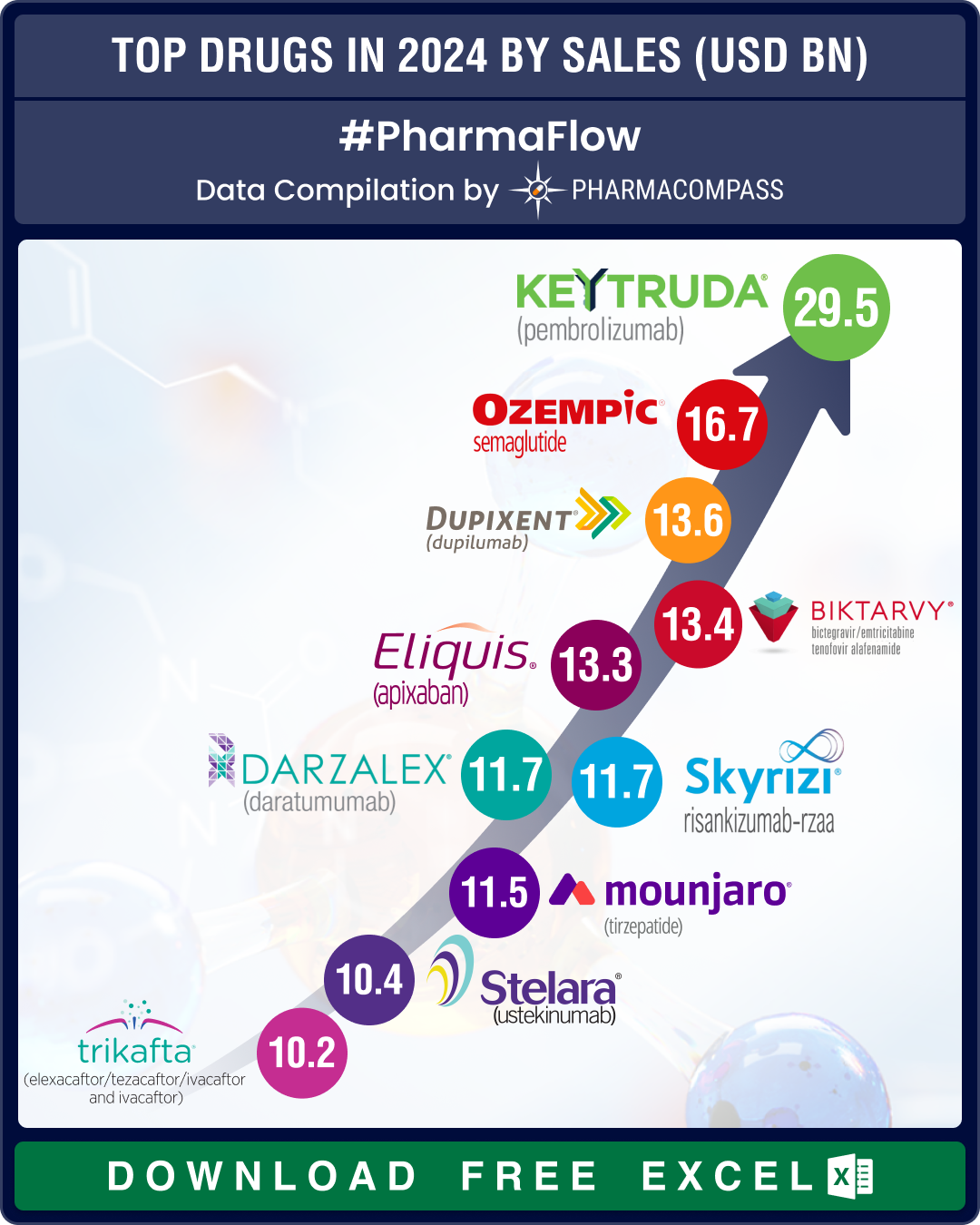
This
week, Phispers brings you a short analysis on how FDA might be promoting
European drugmakers over others. There is also news on how India plans to set
up a drug audit office in China to check quality of APIs coming from there.
Besides, there is news on lawsuits against J&J, a report on drug spends in
the US and updates on new drug trials and approvals.
Does
the FDA promote European manufacturers over others?
Does the US regulator have more faith on European manufacturers over those based in India and China? Recent news reports seem to suggest it does.
Thomas Cosgrove, the Director of the Office of Manufacturing Quality (OMQ) within US Food and Drug Administration’s Center for Drug Evaluation and Research (CDER) spoke at the Food and Drug Law Institute's annual conference last week. Cosgrove directs CDER’s compliance activities with respect to current good manufacturing practice (cGMP) and product quality.
In the coverage provided by RAPS, Cosgrove detailed some of the biggest challenges drugmakers face when contracting with foreign manufacturers. “If any firm in the supply chain falls down, the supply chain itself can fall down. This is a very real risk," Cosgrove said, noting that the agency can reject applications for drugs over good manufacturing practice (GMP) issues.
He further said: “You're pretty confident that those European companies you're dealing with have a strong culture of quality and can perform pretty consistently," But, like in other parts of the world, these companies might not have a deep experience with how the US regulations work or even how to deal with the FDA, and may not have been inspected by the agency before, he added.
Cosgrove’s comments come at a time when a compilation by Barbara Unger on FDAZilla.com highlighted that the warning letters issued due to data-integrity concerns to firms in US and Europe (13 total) were more than those issued to firms in India (9) and almost equivalent to firms in China (14).
There have also been other examples where inspection data highlights a difference in inspection outcomes for the same facilities. PharmaCompass had recently covered the US and EU’s efforts to utilize each other’s GMP inspections, and how such a dependence maybe problematic.
While FDA has stepped up its inspections of foreign drug manufacturers in recent years, there are more than 1,000 foreign drug facilities the agency has never inspected.
India
to restart inspection of Chinese API manufacturers
India is cracking the whip on quality and will restart inspecting drug manufacturing facilities in China soon, in order to ensure only quality active pharmaceutical ingredients (API) are imported from countries like China.
“In the light of the fact that India has faced repeated scrutiny of its manufacturing facilities in the name of quality medicines, the commerce ministry along with other concerned ministries are serious to set up a permanent audit office in China to conduct inspections on a regular basis in China,” G N Singh, Drug Controller General of India, said.
The plan to set up a drug audit office in China for inspecting manufacturing units there is not new. It has been in the pipeline for the past three years, as the project is awaiting approval from several ministries in both India and China.
India’s health ministry is also in the final stages to release a draft guideline towards enhancement of GMP to align India-specific standards with global regulations for better product quality of pharmaceutical products.
The ice-bucket challenge
winner! First new treatment approved by the FDA for ALS in 22 years
Last week, the US FDA approved Radicava (edaravone) — a drug to treat patients with the rare amyotrophic lateral sclerosis (ALS), commonly known as Lou Gehrig’s disease.
ALS is a progressive disease that attacks and kills the nerve cells that control voluntary muscles. Eventually, the brain’s ability to start and control voluntary movement is lost, and the patient succumbs to the disease — usually after three to five years from the onset of the symptoms.
Around 12,000-15,000 Americans are said to have ALS. Most people with ALS die from respiratory failure. British physicist Stephen Hawking is suffering from ALS.
An “ice bucket challenge” conducted in 2014 drew global attention back to ALS. The challenge involved people pouring ice-cold water over each other’s heads, and posting a video on social media, seeking funds for research on the condition.
Edaravone is an intravenous drug. The drug is being sold in Japan and South Korea by Mitsubishi Tanabe Pharma Corp. The company is selling the drug at US$ 145,000 per year.
In the US, the last drug approved to treat this disease was Riluzole in 1995. However, the drug isn’t a cure for ALS, it only delayed the need for a breathing tube. Six months of treatment with edaravone reportedly reduced the rate of functional decline in patients by about a third.
Another
bad week for Teva — its new MS drug fails to meet primary endpoint
Teva’s bad days don’t seem to relent. Last week, it’s late-stage trial for laquinimod — considered a successor to the aging flagship multiple sclerosis therapy Copaxone — failed the test on the relapsing-remitting form of the disease.
The drug did not meet the primary endpoint, trying to significantly improve the time to disability progression compared to placebo after three months.
Teva’s laquinimod was heralded as its brightest pipeline prospect. Investigators are still testing this drug for primary progressive MS and Huntington’s disease. But due to this failure, it’s unlikely that analysts will ascribe much potential value to the drug.
Early last year, Teva (which had partnered with Active Biotech) was forced to suspend use of the highest dose of laquinimod due to cardio side effects. Despite this setback, Teva was hopeful of a win with the lower doses and was preparing for a launch after completing studies this year.
Trump
administration gets FDA to switch TVs from CNN to Fox News
The Trump administration is ensuring researchers at FDA view the media of its choice. This week, CBS News confirmed an email was sent to researchers at the FDA's Center for Biologics Evaluation and Research to change the channel on internal television screens from CNN to Fox News.
CNN and Donald Trump have been feuding for several months now. On May 2, CNN had refused to air an advertisement issued on 100 days of Trump administration, that called mainstream media “fake news” — a term frequently used by the president.
The email from “[White Oak] Digital Display” sent on Wednesday, May 3, was sent to inform the researchers of the “reason for the change from CNN to Fox". White Oak is the name of the FDA’s campus.
The email informs employees that the decision came from the Trump administration. “The reason for the change is that a decision from the current administration, administrative officials has requested that all monitors, under our control, on the White Oak Campus, display FOX news,” the email reads.
People
are paying less for drugs, says IMS
Quintiles report
While there
is widespread outrage in the US over soaring drug prices, a new study by
QuintilesIMS Institute shows people are, on an average, actually paying less for their medications than they did a
few years ago.
QuintilesIMS Institute is a research organization that specializes in healthcare analysis. The report is independent, and did not receive industry funding.
While drug prices are on the rise with net prices rising 3.5 percent last year, patients’ out-of-pocket costs for medicines have declined — from US$ 32 per name-brand prescription in 2013 to US$ 28 today, the study said.
“The outlook for medicine spending through 2020 is for mid-single digit growth driven by further clusters of innovative treatments, offset by a rising impact from brands facing generic or biosimilar competition,” says a QuintilesIMS report titled ‘Medicines Use and Spending in the U.S. – A Review of 2015 and Outlook to 2020’.
However, this isn’t the only report that shows this counterintuitive pattern of declining out-of-pocket costs. A Peterson-Kaiser Health System Tracker report last year found a slight decline in patients' personal spending on prescriptions, even as the overall costs increased.
Mixed
week for J&J, as it loses talc verdict and wins Xarelto case
Last week was a mixed week for Johnson & Johnson (J&J). On the one hand, the St. Louis jury ordered Johnson & Johnson to pay US$ 110 million to Lois Slemp, a lady who claimed several decades of using talc products caused her ovarian cancer that later spread to her liver. On the other hand, J&J won a bellwether case last week over the alleged risks of its blockbuster drug, Xarelto.
The Slemp trial lasted several weeks and had Slemp’s attorneys call upon scientists to testify studies documenting a link between ovarian cancer and talc use.
Slemp’s attorneys also presented documents showing that J&J knew about the risks. J&J, however, said it will appeal against the verdict.
A company spokesperson said a previous victory (for J&J) in St. Louis and two in New Jersey “highlight the lack of credible scientific evidence behind plaintiffs’ allegations."
In the other case, a US court (the federal jury in New Orleans) cleared Bayer AG and J&J of liability in the first trial emanating from thousands of lawsuits that blamed injuries on the blood thinner Xarelto.
“The jury's verdict affirms both the safety and efficacy of Xarelto, and that its FDA-approved label contains accurate, science-based information on the benefits and risks of this life-saving medicine,” Bayer said in a statement.
Rivaroxaban's total 2016 sales were $ 5.392 billion.
The PharmaCompass Newsletter – Sign Up, Stay Ahead
Feedback, help us to improve. Click here
Image Credit : AFGE President J. David Cox Sr. Takes ALS Ice Bucket Challenge by AFGE is licensed under CC BY 2.0
“ The article is based on the information available in public and which the author believes to be true. The author is not disseminating any information, which the author believes or knows, is confidential or in conflict with the privacy of any person. The views expressed or information supplied through this article is mere opinion and observation of the author. The author does not intend to defame, insult or, cause loss or damage to anyone, in any manner, through this article.”






